Jan 26, 1972-1972
Australia
The Aboriginal Embassy Tent Met with Violence
Share
ACTIVISTS/ACT.GROUPS/DESCRIPTION OF THE GROUP
Several Indigenous Protesters; Gurindji Tribe
TARGET
Prime Minister Harold Holt; Governor-General Lord Casey; Many Cabinet Ministers; Vestey Family
WIDELY HELD BELIEF
Indigenous people have rights over lands they are living on for hundreds of years over generations. The government cannot take away lands that are rightfully theirs by force.
CASE NARRATIVE
Issue and Opponent: The Indigenous people are known to be part of the Gurindji Tribe in the Northern Territory, Australia. In 1966 they entered a dispute with the Wave Hill station where they worked, fighting for labor rights and a return of indigenous lands. Dilemma Action: They engaged in various actions over the years, often occupying land peacefully. In this dilemma action, though, they chose to highlight the irony of the fact that their rights were not represented by the Australian government. To make the point, on Australia Day, January 26, 1972, four young Aboriginal men erected a beach umbrella on the lawns outside Parliament House in Canberra and put up a sign which read ‘Aboriginal Embassy.’ The site then became known as the Aboriginal Tent Embassy. The action then drew considerable attention, and over the months, supporters grew to 2000. Outcomes: The action drew a lot of media and grew support for the action. When the protesters were met with violence as the police violently dismantled the tents, television film crews captured the violence for the evening news, and an outraged public expressed its disgust toward the federal government. The violent actions of the government exposed their repressive tactics and built sympathy for the activists. Several successes were claimed, including funds for the Gurundji people to purchase land. Also, in 1976 the “Aboriginal Land Rights (Northern Territory) Act was passed, which allowed Indigenous people to claim land with proof that they hold a traditional and spiritual connection with.
PRIMARY STRUGGLE/GOAL
NONVIOLENT TACTICS USED
DA TACTICS USED
Ironic representation
Nonviolent occupation
CASE NARRATIVE WRITER
SUCCESS METRICS
11 / 12
(CONC) Concessions were made
(EREP) Dilemma action got replicated by other movements
(MC) Media Coverage
(MSYMP) Media coverage was sympathetic to the activists
(OR) Opponent response
(PS) Dilemma action built sympathy with the public
(PUN) Punishment favored the activists
(REFR) Dilemma action reframed the narrative of the opponent
(RF) Dilemma action reduced fear and/or apathy among the activists
(SA) Dilemma action appealed to a broad segment of the public
Laugtivism
PART OF A LARGER CAMPAIGN
3 / 3
Activist group continued working together after the action
Encouraged more participants to join the movement
Internally replicated by the same movement
RESOURCES
Project documentation
Dilemma Actions Coding Guidebook
Case study documentation
Dilemma_Actions_Analysis_Dataset
SOURCES
Robinson, S. 1972. “The Aboriginal Embassy: An Account of the Protests of 1972,” Retrieved July 20, 2023. (http://press-files.anu.edu.au/downloads/press/p72441/pdf/article0712.pdf).
National Museum Australia. 1972. “Aboriginal Tent Embassy,” (https://www.nma.gov.au/defining-moments/resources/aboriginal-tent-embassy).
https://www.nma.gov.au/explore/features/indigenous-rights/land-rights/embassy. Accessed April 15, 2022.
Rivard, Angeline. 2013. “Indigenous Gurindji win land rights in Australia (Wave Hill Walk Off) 1966-1975,” Global Nonviolent Action Database, November 18. Retrieved July 20, 2023. (https://nvdatabase.swarthmore.edu/content/indigenous-gurindji-win-land-rights-australia-wave-hill-walk-1966-1975).
Srduncombe. 2012. “Aboriginal Tent Embassy,” Actipedia, September 20. Retrieved July 20, 2023. (https://actipedia.org/project/aboriginal-tent-embassy).
Robinson, S. 1994. “THE ABORIGINAL EMBASSY: AN ACCOUNT OF THE PROTESTS OF 1972.” Aboriginal History. Retrieved July 20, 2023. (https://www.jstor.org/stable/24046088).
Lothian, Kathy. 2007. “Moving Blackwards: Black Power and the Aboriginal Embassy.” Retrieved July 20, 2023. (http://www.kooriweb.org/foley/resources/pdfs/132.pdf).
Related cases
Jan 1, 1991-1991
United States of America
Local residents were outraged when the Waste Technologies Industry (WTI) company began building a toxic waste incinerator in East Liverpool, Ohio. The project was firs...
/
Apr 22, 2011-2011
United States of America
The United States has made a series of attacks on targets in northwest Pakistan since 2004 using drones, or unmanned aerial vehicles, controlled by the CIA’s Special A...
/
Dec 2, 1971-1971
Chile
The fact that citizens began resorting to the black market as a means of sustenance, women took empty pots and beat them to symbolize the lack of food they contained. ...
/
Subscribe to our newsletters to get full access to all materials on our website.

